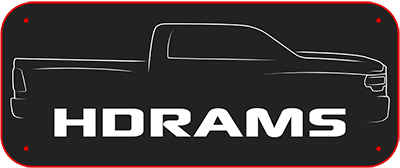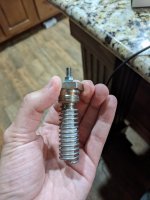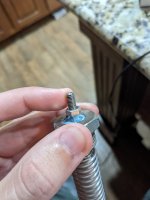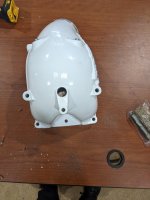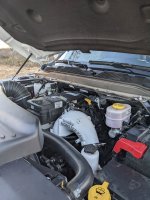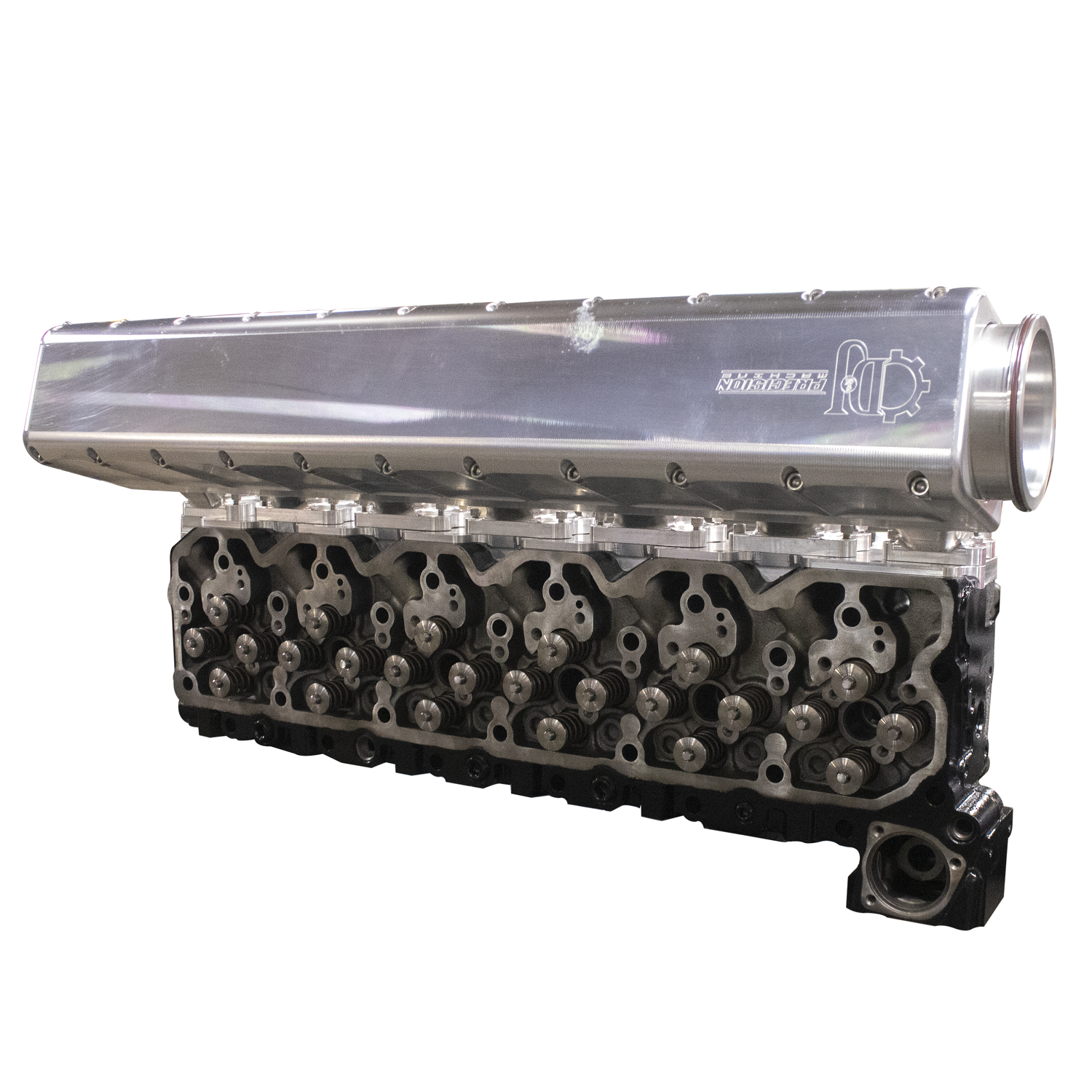You're hilarious....it doesn't matter what data is posted....you just don't want it to be a good thing so you keep poo poo'ing it....what he is proving with the "harsh edge" test is that he can still bend the air almost 180° without impeding the airflow....you've never posted anything but opinions on this part regarding airflow and restrictions....you state "show me the data"....well there it is and you still scratch for an itch to debunk it....if you go on the monster ram product page they even show you the airflow with it and the stock heater grid plate...he isn't hiding any of the numbers....you still want to claim something is foul tho...and after all that doubting and opinion posting...you say you will still buy the part "if" you build your rig which now befuddles me considering all your anti monster ram comments....
I think you're vastly misunderstanding my post. Let me try again.
I really like Gale. I think the guy is very smart, has tons of background in this business, and has a ton of creative ideas. I think of all the aftermarket companies out there, his is one of the most data and design driven, and I admire it.
That said, the guy is a hardcore salesman. He presented that entire video and never once told you why that data matters. For example, he starts with saying (1:30 mark roughly) that you're starting with 1200 CFM with the aftermarket intake, and flowing roughly 400 CFM at the stock intake elbow. He then talks about how it's air density and how that 3:1 ratio results in much denser air.
He then talks about how the system moves air through, including the basics of a turbo, and the flow. He talks about the constant of the mass air flow. Great, so we know the importance of that number. We then see how he has his boost tubes and his custom intercooler, but doesn't mention their MAF/CFM ratings or the rating vs stock. Fine, I can find that data elsewhere. Then, finally into the factory throttle and finally into the intake elbow.
He then goes on to show numbers on each of the compared intakes both CFM and MAF. Ok, perfect, we know that the Banks intake elbow is better than stock and the competition. I have no doubt.
I am also curious on what difference, if any, in velocity between the stock and banks unit. I don't know enough about airflow or fluid dynamics to really speak to this comfortably but Gale discussed CFM (how much air) and MAF (how much mass) flowed through the system, but there is a third part to play here which is air velocity (how fast). I would make a basic assumption that with the stock elbows curve and narrowing down of the exhaust side that would build velocity. Perhaps that is necessary only to "push through" the grid heater due to losses from the restriction on the grid heater? I'm unsure, again I don't know enough about this to speak intelligently here just questions I'm asking.
That said, why should I care about this intake elbow? Is it a limiting factor in HP? Is the stock intake limiting acceleration or increasing drive pressure? Here are two items from his website that he claims:
- Quicker throttle response
- Raises boost without increasing turbine drive pressure
This is awesome! This should be the show! Who gives a rats ass about CFM and MAF. If the reason to add this part is less restriction so that I have a quicker throttle response and boost pressure then show me that data. Where is the dyno sheet? Where is the chart showing throttle response improvement?
Like any good magician there is some misdirection going on here. He gives the data that makes his product look good, and he only includes bullet points on the rest.
I have 0 doubt that this thing is the bees knees compared to the stock unit, but the question isn't "does it improve MAF/CFM" the question should be "does this increase HP/TQ, acceleration, or MPG?".
So, hopefully this long winded answer helps clarify. I
am not saying it's not a good product. I
am not saying that I know better/more than Gale and the guys at Banks. What I am saying, is that this thing would be so easy to sell if it had any affect on the numbers guys care about (HP/TQ, Acceleration and MPG as I mentioned before).
The reason I'm looking at getting one in the future, as I stated previously, is primarily due to the change in heater to coil from grid. I see massive benefits from that, even if the unit functions about the same. I am also going to wait till I'm running compound turbos before I do that, as right now it wouldn't make any sense as I have high confidence that the stock unit isn't acting as the most narrow point in the system.
Finally, I really don't have some strange desire to "debunk" the work. I am trying to understand. I feel like I can pretty easily see through the marketing lingo and I have questions about it. I've also yet to see anyone put an intake elbow on a stock truck and do before and after dyno runs.
Anyway, hope this helps clarify, if not to you then to others that may come along and read to see why I've said what I said.
